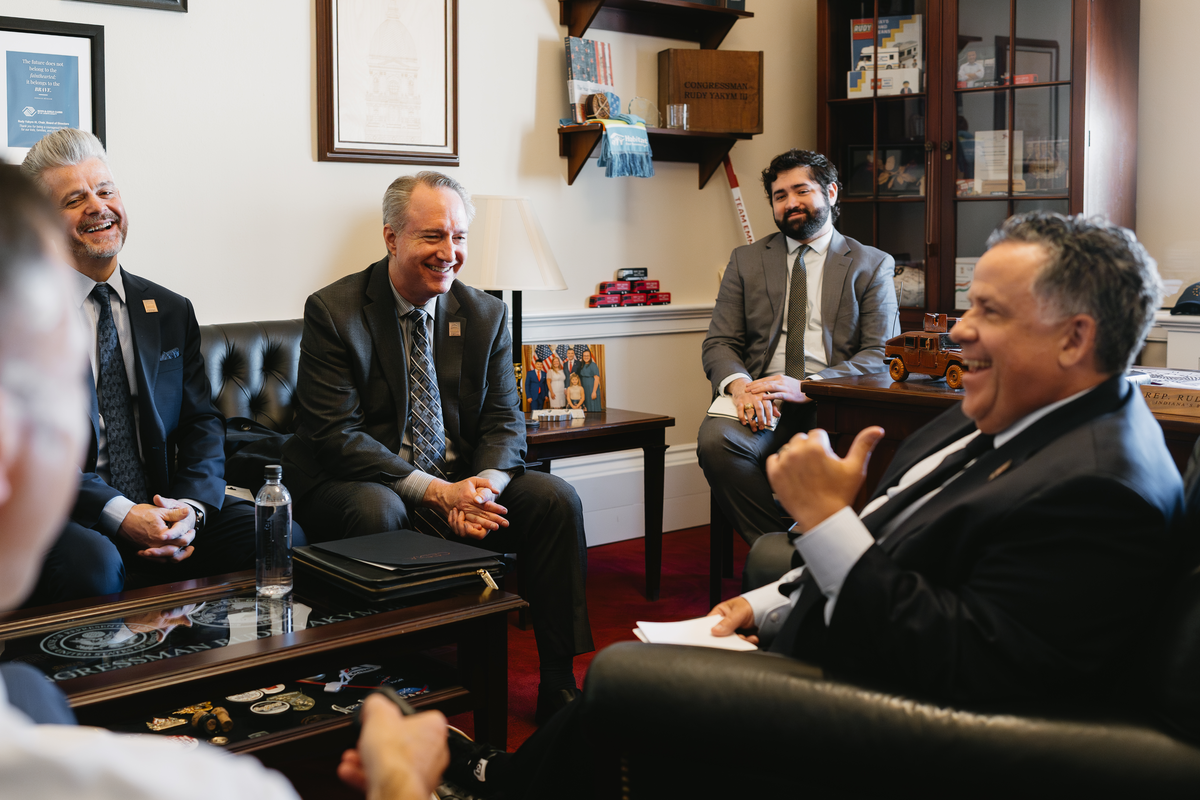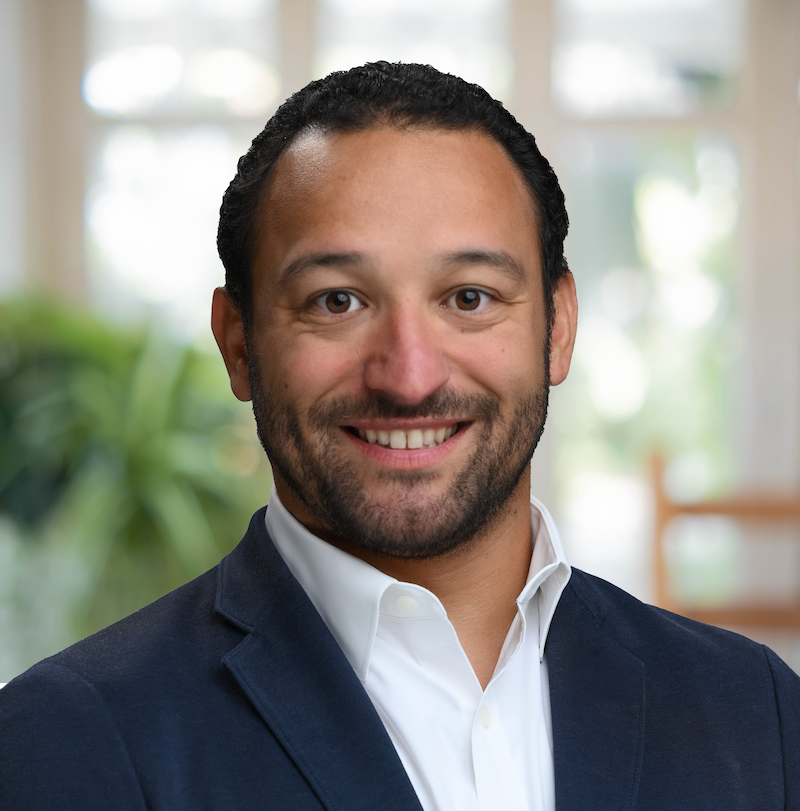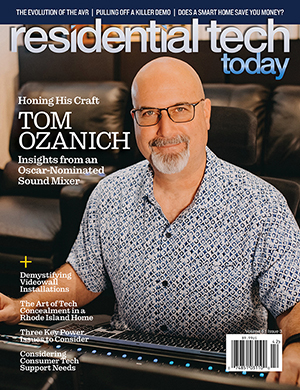When it chose late-March for its second-annual Smart Home on Capitol Hill Day event in Washington, DC, it was purely by chance that CEDIA wound up spending time in congressional offices right before one of the most impactful days in recent geopolitical memory. With a contingent of about 30 industry representatives, CEDIA’s Smart Home on Capitol Hill Day ultimately wound up being at the perfect time.
Tariffs were fresh on the minds of many people on the Hill, and so too were a number of other issues impacting the workforce and supply chain around the custom integration channel – all topics that the association worked into their various conversations with lawmakers.
Residential Tech Today sat down with CEDIA’s Global President & CEO Daryl Friedman and Government Affairs Director Darren Reaman not long after the group’s Hill Day – and “Liberation Day” – to dive into how it went and to attempt to make some sense out of where the industry is heading in the coming weeks and months.
(This is an excerpt from the conversation, which will be shared in full in a future episode of the Residential Tech Talks Podcast. Subscribe to the podcast, and never miss a moment!)
Residential Tech Today: Daryl and Darren, we appreciate you both taking the time to chat with us. Right off the bat, these are some pretty interesting times we live in, wouldn’t you say?
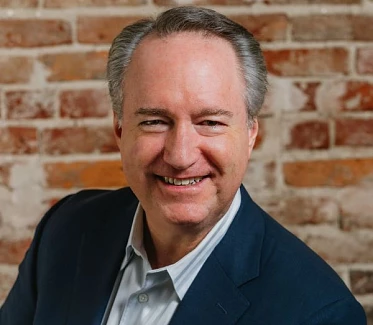
Daryl Friedman: You certainly can. There’s economic uncertainty going around with every industry. But I think our industry is one that has proven its resilience in the past. And we’ve been through tough times before; we’ve been through a round of tariffs before. We’ve been through recessions and inflation. And this industry is one that I think is becoming more and more essential to homeowners.
So, I do believe we will withstand it, but certainly, I’m getting a lot of calls, a lot of questions. And I try to provide as much information as we can during this time of economic uncertainty.
RTT: All the more reason why CEDIA’s efforts around government affairs and representing this channel are all the more necessary and important. You hosted your second-ever Smart Home on Capitol Hill Day in Washington, DC, in March. How did that go?
DF: Before Darren jumps in here, let me toot his horn a little bit. The advocacy work at CEDIA has been going on long before these past two years, and even long before I got here in 2021. Darren was doing really important work at the state level to preserve the licensing program that was beneficial for integrators. And I think people probably don’t know just how much work he’s done to make sure integrators can stay in business. I mean, literally, there were certain states where integrators would have been regulated out of business or forced to hire an electrician on staff just in order to stay in business.
That work has been going on for many, many years, and I applaud him from what he’s done. When I came on, I had two goals for advocacy. One was to make sure the work that Darren was doing was noted and recognized. And the second piece of it was to expand that work to the federal level, which, being here in DC, that’s my background.

Darren Reaman: I appreciate that background, Daryl, on the state-level efforts. And yeah, we have definitely elevated our participation more on the federal level. That’s where our smart home day on Capitol Hill, which we’re just coming off of, it’s been very well timed these past two years, but especially this year – getting down there a week or so before all of the tariff news broke. That day provides a tremendous opportunity for us to bring many integrators, manufacturers, and partners down to the Hill, and share our industry’s story and continually introduce the important work that our technology integrators and our members do.
RTT: What were the important issues this year? We’ll get into tariffs, but what other key priorities did CEDIA bring down to Capitol Hill?
DR: One area we were seeking continued support in at the congressional level was for the “CHIPS and Science Act,” which supports semiconductor technology adoption, high skilled jobs, the technology supporting the supply chain, and the important technologies that our industry supports. In addition, there was a carryover issue and piece of legislation from last year’s Hill Day that we wanted to continue raising awareness around, and that was the “Freedom to Invest in Tomorrow’s Workforce Act.” That’s a bill that would expand on the traditional 529 accounts to include technical training, career development certifications, and professional certifications, and would again support those important jobs and workforce initiatives that our industry relies on.
RTT: Pitching to members of Congress who have their own priorities and their own constituents to worry about can be a tricky thing. How do you navigate that in your conversations with them, and how, ultimately, was the CEDIA message received?
DF: I’m going to let Darren speak about some of the background work that he does preparing our team for those conversations. But it’s all about localism when you’re on the Hill. Here in Washington, it’s all about the federal issues, but every member of Congress really does care about what their constituents at home feel and believe. So, we have to tell them about the jobs that our members have in their districts and the way these issues impact their districts.
DR: Yeah, so it’s really interesting because each congressional office is kind of like a small business in and of itself. They’re interested in their district and how certain issues impact their district. So, you tie it back to that. But I do a lot of pre-work, reading it into these meetings to match up our members to each district as closely as possible. Being able to make that local connection to a manufacturer member or multiple technology integrator or small business firms that represents 10 to 15 jobs in that district – that helps in building that connection with them, and then that ultimately helps us lead into the issues that we’re presenting.
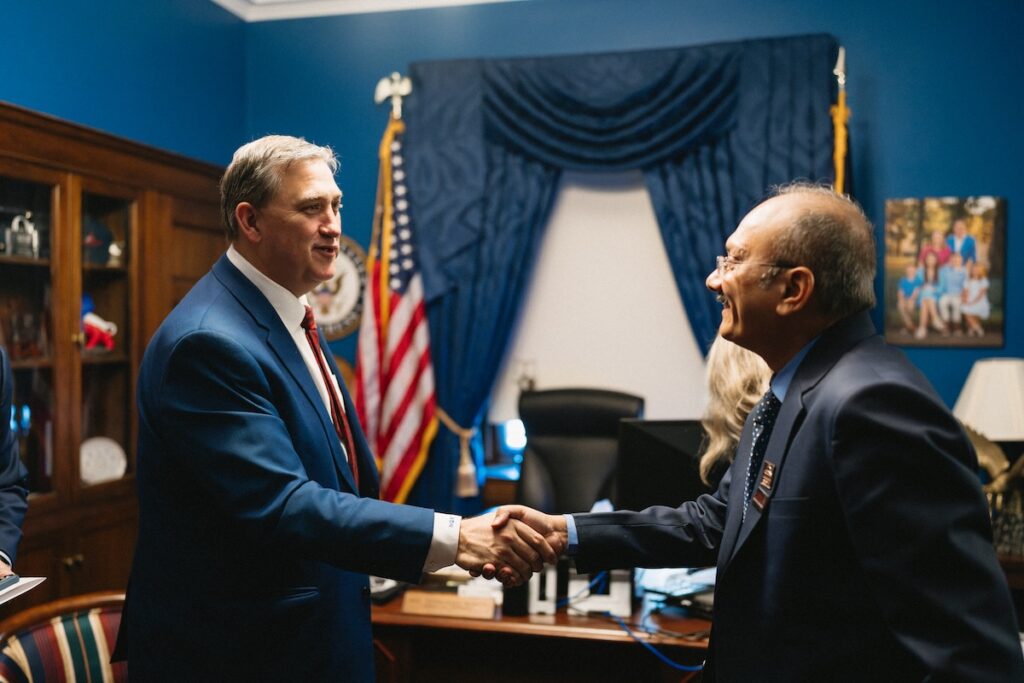
RTT: So, you’re advanced scouting these meetings essentially like a baseball analyst getting their lineup ready to face a new pitcher.
DR: That’s kind of how it feels, yeah. Another piece that we do, pre-meeting, is you look at what committees do they potentially serve on, or what kind of background do they have? I’ll just use two general examples. We met with a congressional office from Iowa where we had a few members and then also in Minnesota. During our discussions they tied it back to the importance and the impact to their district with agriculture. So, we made the parallel as a group to, you know, “just as this is going to impact the agriculture community, this also impacts the home technology systems industry as well.”
RTT: We touched on it at the top, but now that the lead has been sufficiently buried, let’s talk about them. Tariffs. The timing of your Hill Day was incredible, coming just a few days before the April 2 “Liberation Day” announcement and the rollout of these reciprocal measures. Let’s start with how you approached the topic in those meetings, knowing full well that the situation was incredibly fluid?
DF: I think, obviously, we knew that the April 2nd date was coming, so no one was surprised. But beyond that, it’s not really the congressional branch. It’s the executive branch that’s affecting this change. So, we were trying to have an ask that actually was reasonable and could be accomplished, and that’s to have exclusions written into the tariffs for certain product and industries – ours included. During the first Trump administration, they did have an exclusion process where industries could apply and say there are reasons why this particular product or this particular component should be excluded from the tariff because it can’t be produced in the U.S., or it would result in more jobs lost than gained.
RTT: That certainly seems to make a lot of sense. What’s apparent, though, is that there are still a lot of unknowns in terms of how this will all play out, what the full impact will be like, and how different areas of the business will react and respond. Knowing that, what’s the message to the channel as we navigate all of this?
DF: We tried to get ahead of this back in February when we did a webinar for our members on the tariff issue. We had experts in trade come in to talk about what could be coming, and they did predict accurately what was to come. But on the heels of that, it was actually a question in the Q&A portion of the meeting; a member asked us, “Can you recommend how we protect ourselves?”
So, we got to work with our legal team to put together template language that our members could use in their contracts and their proposals just to protect themselves. The last thing we want one of our members to be hit with is a price increase because of a tariff and then they’ve locked in their proposal with the client. All of our members got, free of charge, different versions of that language that they can incorporate into the proposals to let their clients know that, hey, if these tariffs do impact the products that we’re selling to you, we will have to pass this on to you.
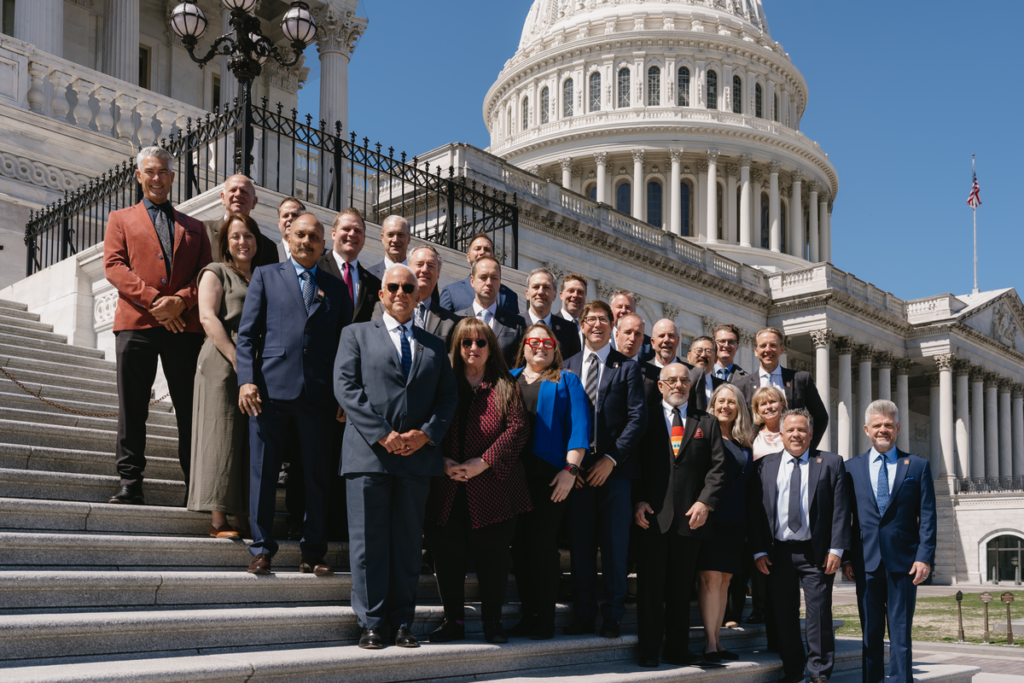
RTT: That’s huge, obviously, for the integrator. It also brings up another area of emphasis that we’ve been hearing a lot about, and that’s just keeping an open line of communications, whether that’s between the vendor and the integrator, the integrator back to the vendor, or, perhaps most importantly, between the integrator and the client.
DF: I think that’s absolutely an important component of all of this – communication. And then of course, now that the Liberation Day has happened, we’re going to be keeping those open lines of communication as well, following up with our members with more information about what it all means, distilling it down to its essence, and also how it applies to our channel.
RTT: Any advice out to the channel as all of this continues to unfold?
DR: If integrators have questions about advocacy or what’s going on in their state, feel free to reach out to me directly (dreaman@cedia.org). I’m more than happy to follow up with them, encourage them, and provide information on how they can get in touch with their local congressional offices – whatever it might be.
DF: I would just add that, we as CEDIA do a lot of things for the industry and for integrators, whether you’re a member or not. The webinar, for example, was free of charge to everyone in the industry, but the contract language, things like that, those are just some of the specific membership benefits. Joining us in Washington in future years – that’s going to be for members.
So, I would encourage people to join. It’s a way of supporting the industry and the work we’re doing here. Advocacy is only a cost center for CEDIA. There’s no revenue in it. So, we just encourage everyone to be part of us and what we’re doing.
For more information about CEDIA’s advocacy efforts, visit www.cedia.org/advocacy.



